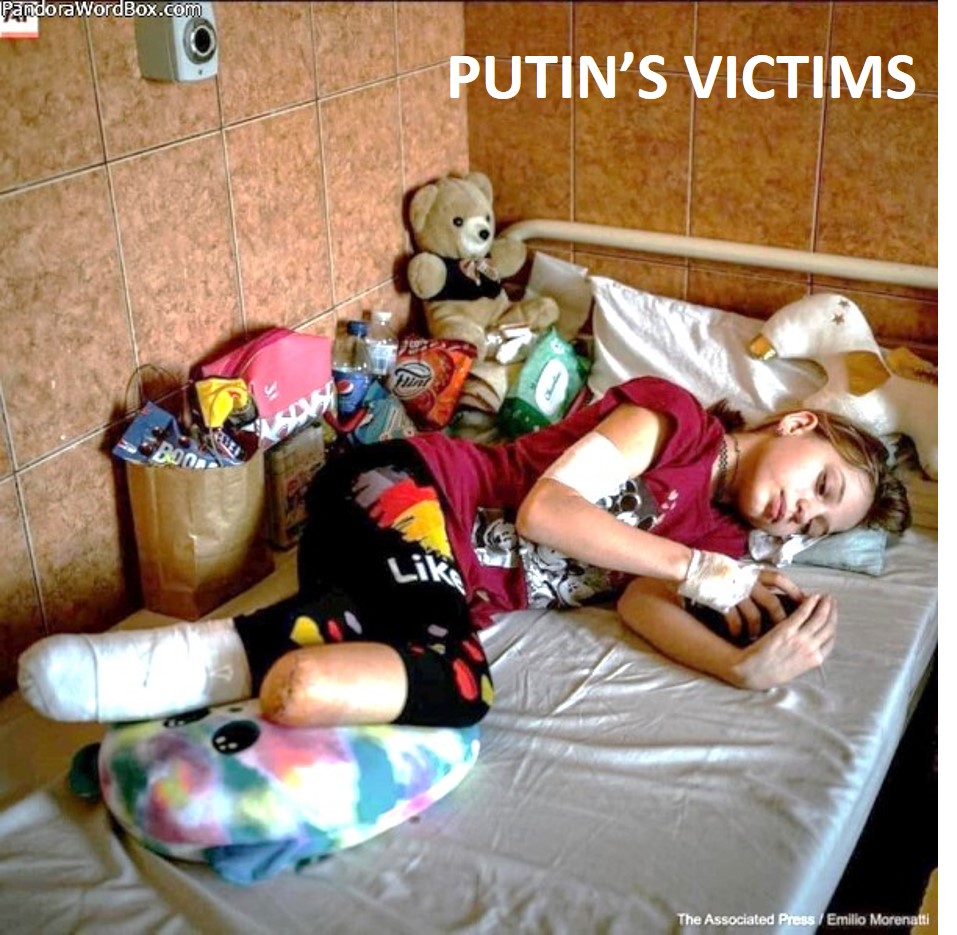CHORNOBYL - POLISSIA - INTERNATIONAL PARTNERSHIPS
Abstract
W. Wertelecki, MD and Y. Kundiev, MD, Ph.D.
Department of Medical Genetics, University of South Alabama Medical School and Ukrainian Academy of Medical Sciences, 307 University Blvd, HSB Suite 1400, Mobile, Alabama, USA, 36688, wwertele@usouthal.edu
A Ukrainian International not-for-profit organization, (OMNI-Net) links five birth defects (BD) surveillance systems and resource centers, two of which monitor the northwestern region, one the central and two the southern region. The northwestern region includes Polissia, a heavily forested and swampy area where the impact of ionizing radiation from Chornobyl was the most devastating. Polissia is also a unique geographic, ecologic, and demographic niche, which can be seen as a natural experimental model for biomedical multidisciplinary investigations. The native population of Polissia lives mostly in villages, each of which can be seen as a natural cohort. This unique population has been exposed to 20 years of low dose radiation and is impacted by considerable consumption of alcohol, and milk and other nutrients contaminated with Cs-137. The consumption of micronutrients by the Polissia population is probably deficient. Neural Tube Defects (NTD) prevalence rates in Polissia raions are higher (27.84 per 10,000 live births) than the already significantly high prevalence rates in “non-polluted” adjoining regions (19.92 and 20.26). Our studies also found a cluster of five instances of co-joined twins – three were born in Polissia (one had spina bifida) and the other two were born near Polissia. Analysis of prevalence rates of other birth defects is ongoing.
Investigations of risk factors that may impact child development and birth defects in Polissia may be of interest to international partners. One health endpoint to be investigated concerns NTDs and, although it is known that folate supplementation will reduce NTD rates, research on interactions of genetic components, DNA repair, recurrence patterns, family aggregations of BD, twining, impact of maternal diabetes and obesity, diet and consumption of micronutrients and other factors, particularly consumption of milk containing Cs-137 are desirable and important.
The OMNI-Net, in association with Oblast (province) Health Authorities and the Ukrainian Academy of Medical Sciences, welcome partnerships with international teams interested in biomedical and biocultural investigations in Polissia. The members of the OMNI-Net have accrued field experience and, in addition to BD surveillance, have developed a population-based neonatal registry (9,000, 18,000 and 12,000 yearly live births, respectively, in Polissia and two adjoining regions). The resource centers, used by BD teams, offer telecommunication facilities managed by English competent information officers. In this regard, international partnerships could also focus on IBIS (International Birth Defects Information System – http://www.ibis-birthdefects.org), where nearly 1.5 million visitors, many from Ukraine, have sought BD information in English, Ukrainian and other languages. Utilization patterns indicate the desirability for international partnerships to further develop a Spanish IBIS version, as well as fact sheets in a variety of other languages.







